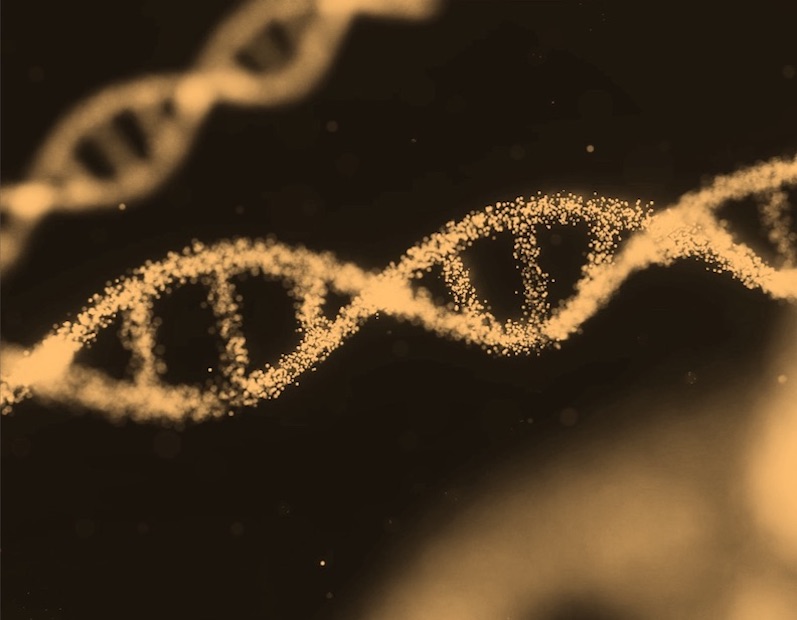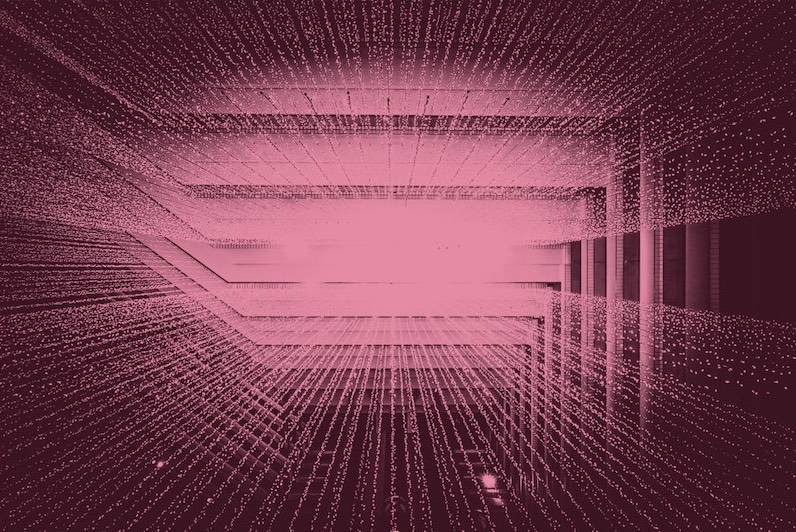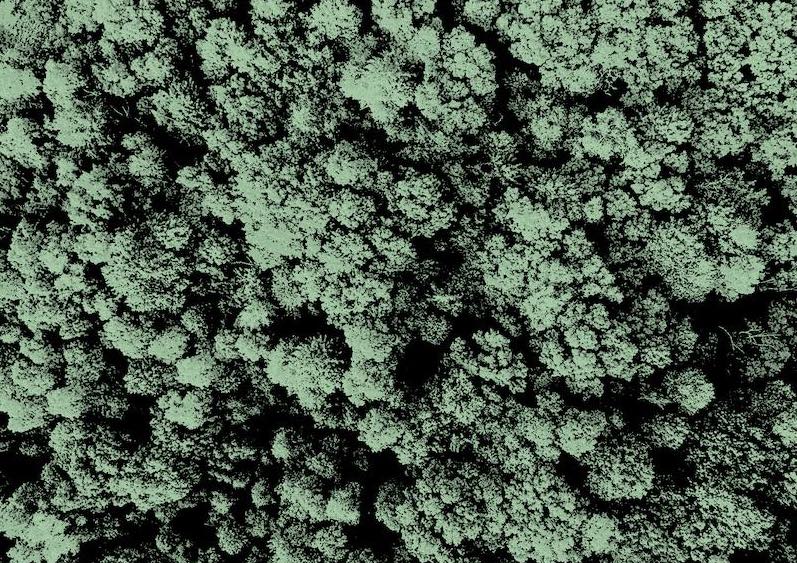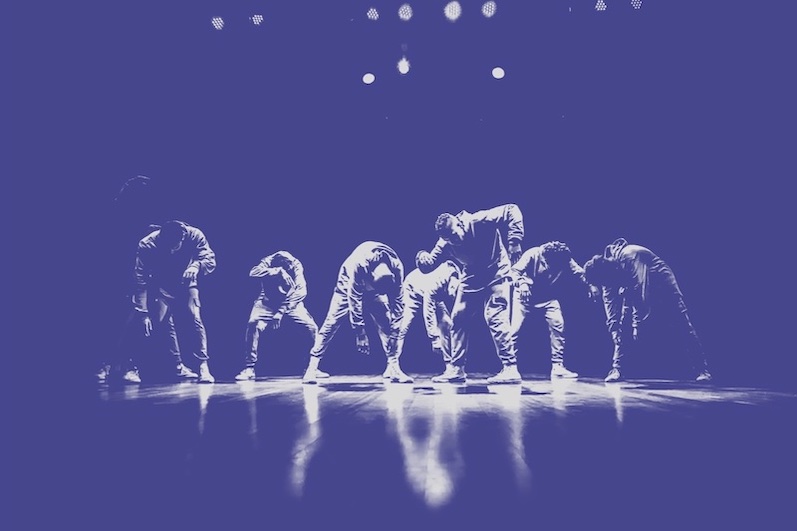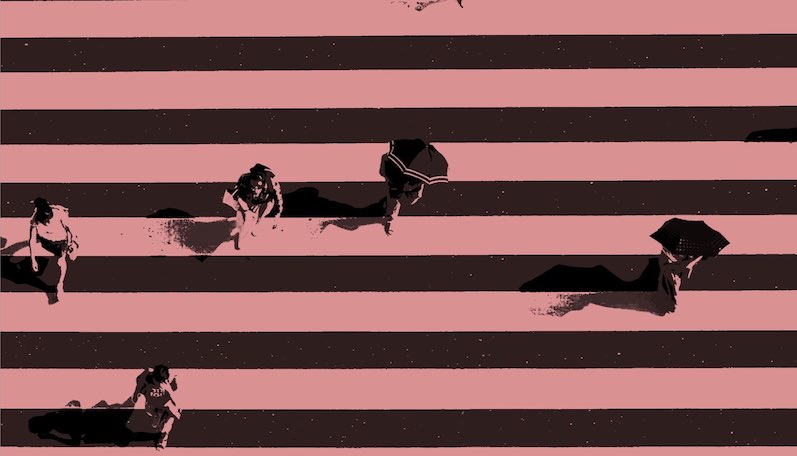What is it about?
This study reviews decades of research on the Shroud of Turin, a cloth with a mysterious image of a crucified man. While 1988 radiocarbon dating suggested a medieval origin, recent studies challenge its accuracy. Alternative methods indicate the fabric could be much older. Forensic tests confirm real human blood, but the image’s formation remains unexplained. Using Bayesian analysis, the study suggests a 99% probability that the shroud is the burial cloth of Jesus.
Featured Image

Photo by Jonny Gios on Unsplash
Why is it important?
This study takes a fresh look at the Shroud of Turin, reassessing its age and origins using modern methods. Unlike past research, it combines historical records, scientific tests, and Bayesian analysis to evaluate competing claims. The results challenge the reliability of the 1988 radiocarbon dating and suggest a 99% probability that the shroud is the burial cloth of Jesus. By shifting the debate from simple authenticity claims to a rigorous, evidence-based approach, this work offers new insights that could reshape discussions on historical relics and the role of probability in assessing scientific uncertainty.
Read the Original
This page is a summary of: Systematic Evaluation of Recent Research on the Shroud of Turin, Theology and Science, December 2024, Taylor & Francis,
DOI: 10.1080/14746700.2024.2436781.
You can read the full text:
Contributors
The following have contributed to this page

